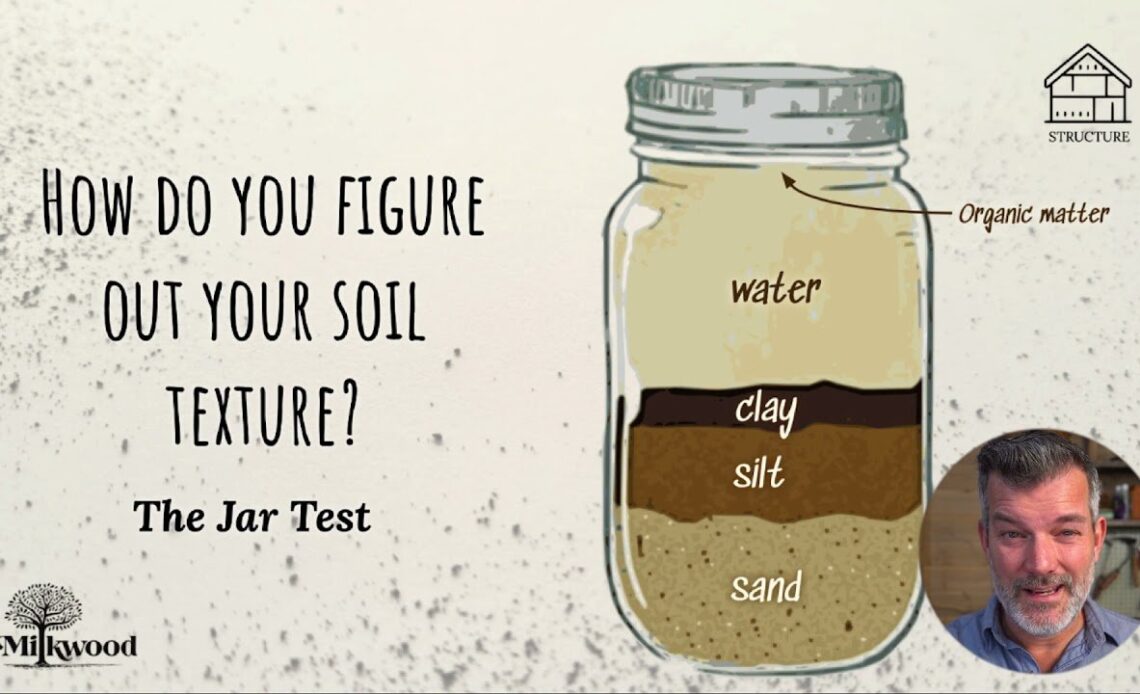Understanding the type of soil in your garden is crucial for successful planting. Different plants thrive in different soil conditions, and knowing your soil type will help you choose the right plants, improve growth, and optimize water usage. While there are various ways to determine soil types, one of the easiest and most effective methods is the **Jar Test**. This simple DIY test allows you to determine whether your soil is sandy, clayey, loamy, or a mixture of these, providing you with the information needed to improve soil health and plant performance.
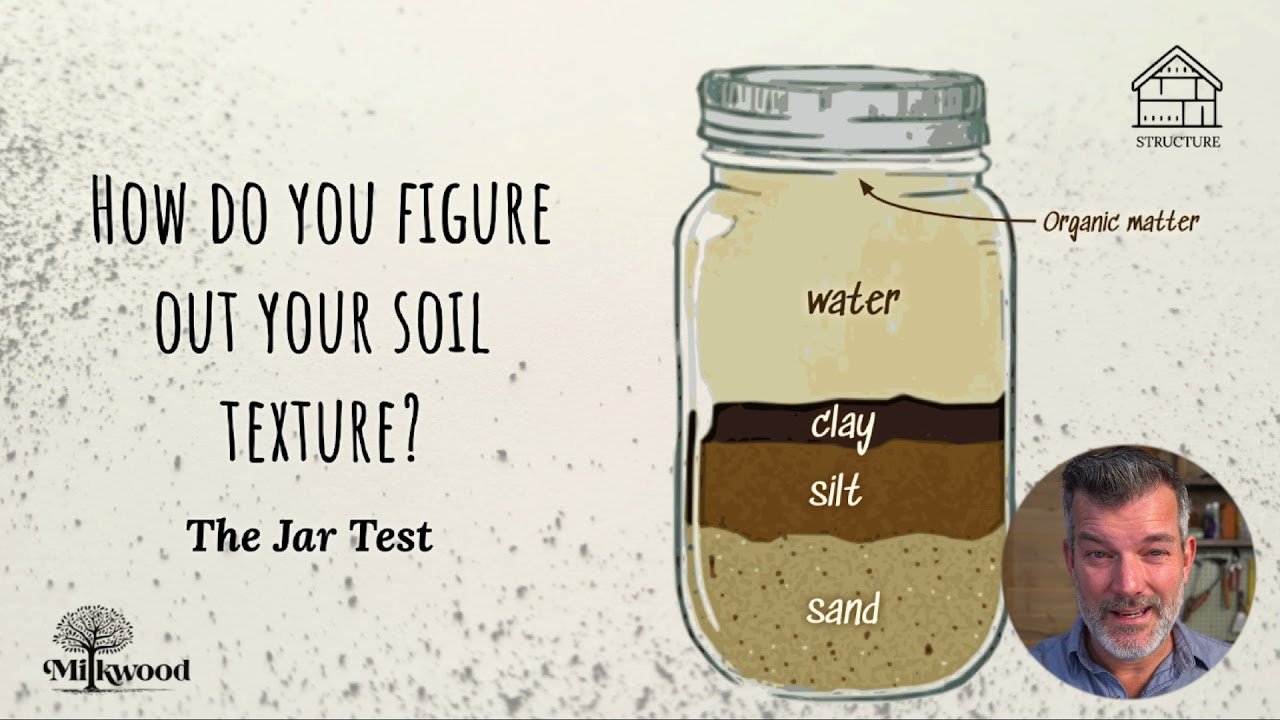
In this article, we’ll walk you through the **Jar Test method** for identifying soil types and explain how it can help you improve the quality of your garden soil. Let’s dig in
### Why Knowing Your Soil Type Matters
Before jumping into the Jar Test method, it’s important to understand why soil type matters. Soil affects a plant’s growth by influencing:
– **Water retention**: Some soils retain water better than others, which can impact plant hydration.
– **Drainage**: Well-drained soil ensures roots don’t become waterlogged, preventing root rot.
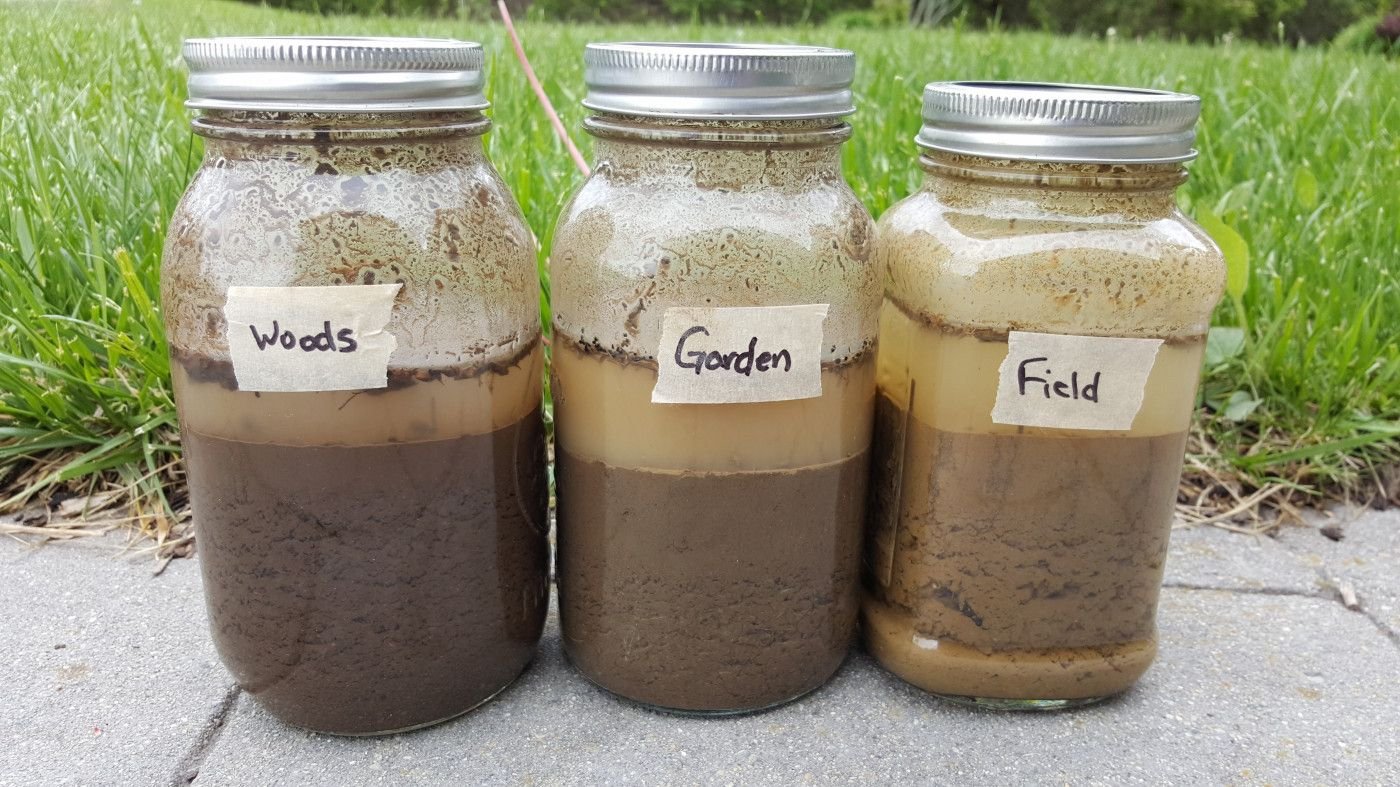
– **Nutrient availability**: Different soil types provide varying levels of nutrients and can affect a plant’s ability to absorb them.
– **Root penetration**: The texture and consistency of soil determine how easily roots can spread and access nutrients.
By knowing the type of soil in your garden, you can make informed decisions about how to improve its structure for optimal plant growth.
### What You Need for the Jar Test Method
The Jar Test is simple and requires only a few materials. Here’s what you’ll need:
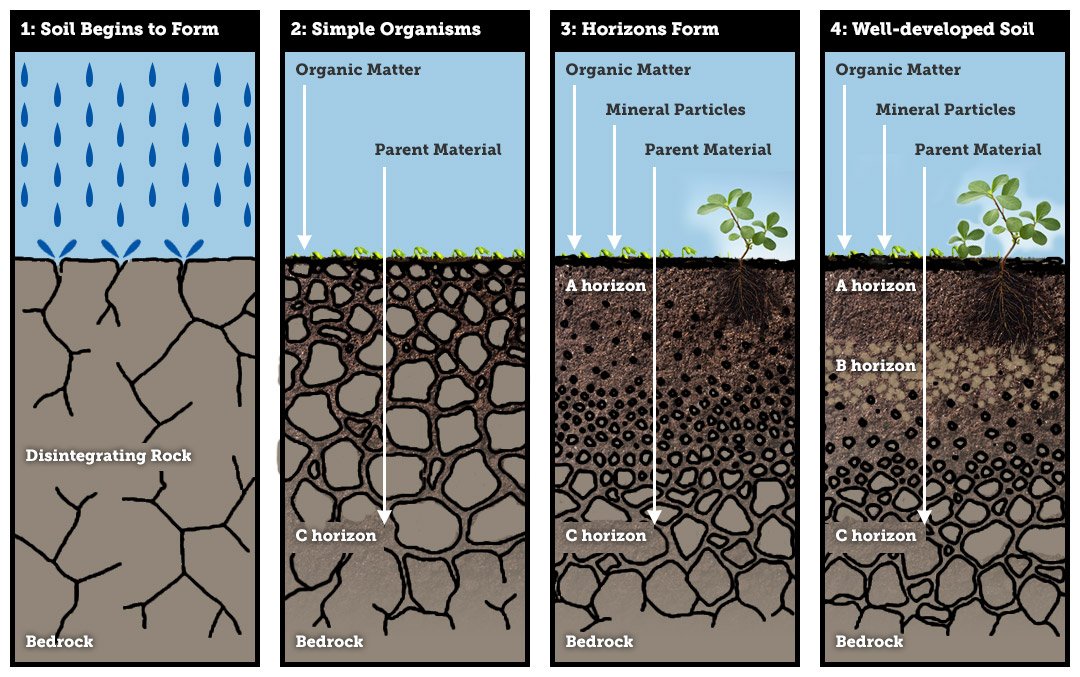
– **A clean jar with a tight-fitting lid** (a mason jar or any clear glass jar will work well)
– **Soil sample** from your garden (about 1/3 full of soil)
– **Water** (enough to fill the jar about halfway)
– **Dish soap** (to break up any dirt clumps and make the soil particles separate)
– **Ruler or tape measure** (optional, for measuring layers)
### Steps to Conduct the Jar Test
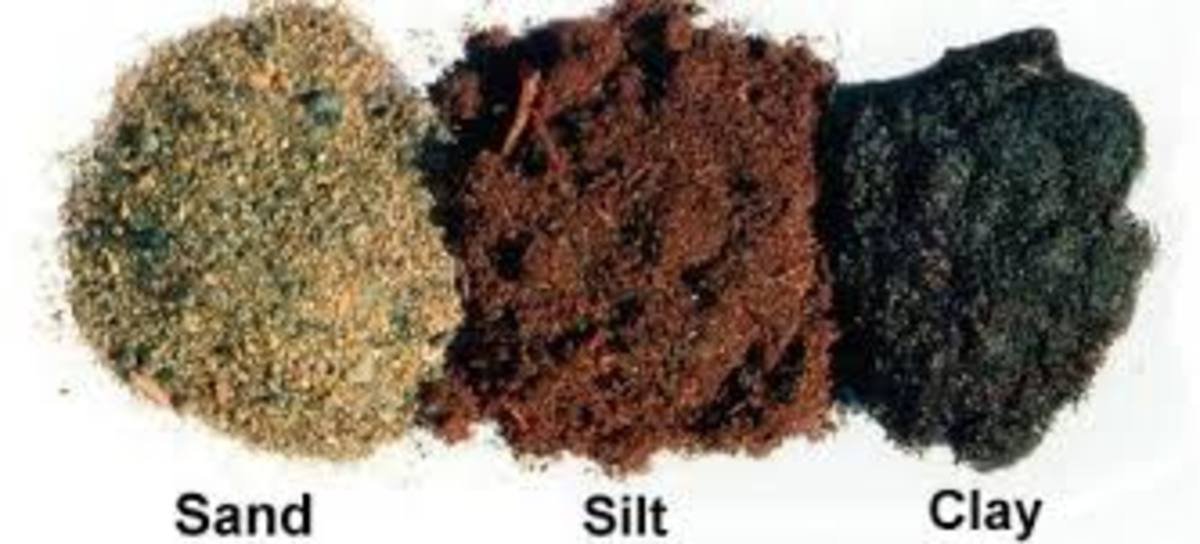
Now that you have everything you need, follow these simple steps to identify your soil type:
#### 1. **Collect Your Soil Sample**
Dig down about 6 inches (15 cm) into the soil to get a representative sample. Avoid topsoil or surface layers that may not be indicative of the soil beneath. Collect the soil and place it into your jar, filling it about one-third of the way.
#### 2. **Add Water and Soap**
Fill the jar with water until it’s about halfway full. Add a few drops of dish soap into the jar. The soap helps break up any clumps of soil, making it easier to distinguish between the different components of your soil sample.
#### 3. **Shake the Jar**
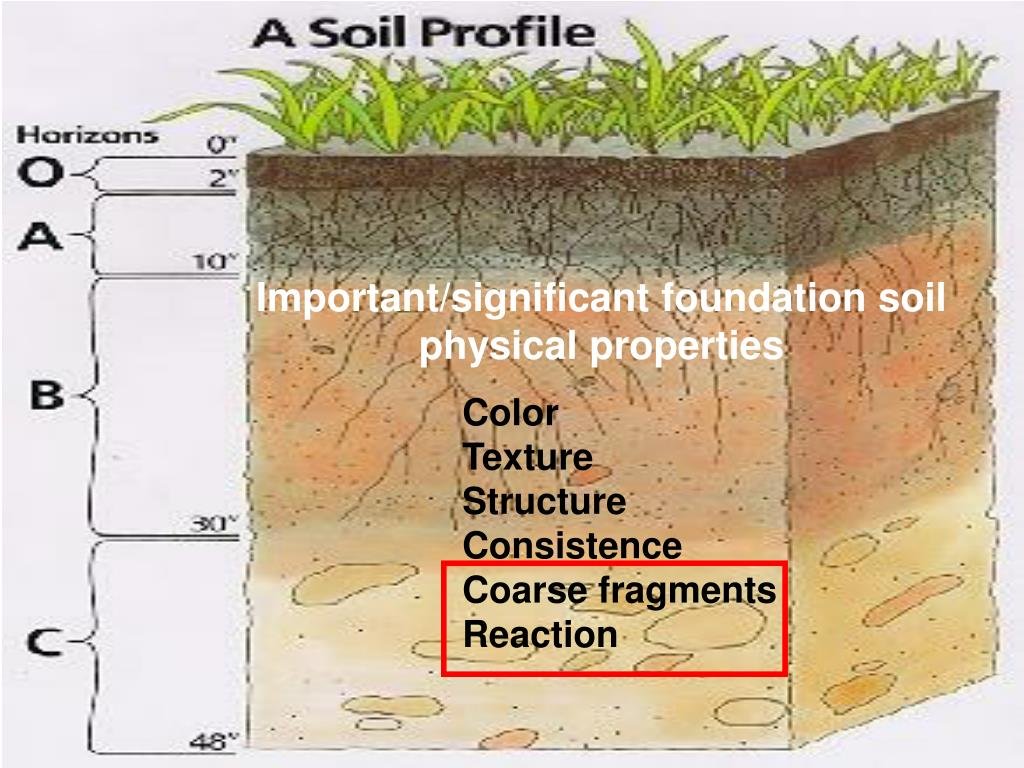
Place the lid on the jar tightly, and shake it vigorously for about 2-3 minutes. This action helps to separate the soil particles, suspending them in the water. Make sure all the soil is well-mixed and fully dissolved in the water.
#### 4. **Let It Settle**
Place the jar on a flat surface and let it sit for at least 24 hours. During this time, the soil particles will settle out of the water, with the heaviest particles sinking to the bottom and the lighter ones remaining on top.
#### 5. **Observe the Layers**
After 24 hours, observe how the soil has settled into distinct layers. Typically, you’ll notice three layers:
– **Top Layer (Sand)**: The coarsest particles settle at the top. Sand particles are the largest and will settle quickly. If you have a lot of sand in your soil, this layer will be thick.
– **Middle Layer (Silt)**: The fine particles of silt will form the middle layer. These particles are smaller than sand but larger than clay, and they settle more slowly.
– **Bottom Layer (Clay)**: The smallest particles of clay are the heaviest and will settle at the bottom of the jar. Clay is the densest and takes the longest to settle.
#### 6. **Measure the Layers**
Once the soil has fully settled, you can measure the layers. You can do this by using a ruler or simply estimating the proportions of each layer. This will give you an idea of the soil composition.
### Interpreting the Results: Understanding Your Soil Type
Once the layers have settled and you’ve measured the proportions, you can interpret the results to determine your soil type. Here’s how to understand the breakdown:
#### 1. **Sandy Soil**
– **Characteristics**: Sandy soil will have a thick top layer of sand, with very little silt or clay. It drains quickly but doesn’t retain nutrients well.
– **Percentage Breakdown**: Over 60% sand, less than 20% clay, and less than 30% silt.
– **Improvement**: To improve sandy soil, add organic matter such as compost to increase nutrient and moisture retention.
#### 2. **Clay Soil**
– **Characteristics**: Clay soil will have a thick bottom layer. It holds water well but drains poorly, often leading to waterlogged roots.
– **Percentage Breakdown**: Over 40% clay, with small amounts of sand and silt.
– **Improvement**: To improve clay soil, incorporate sand, organic matter, or gypsum to enhance drainage and structure.
#### 3. **Loamy Soil (Ideal for Most Plants)**
– **Characteristics**: Loamy soil is the perfect balance of sand, silt, and clay. It’s rich in nutrients, well-draining, and easy to work with, making it ideal for growing most plants.
– **Percentage Breakdown**: Approximately 40% sand, 40% silt, and 20% clay.
– **Improvement**: Loamy soil typically requires little adjustment but adding organic matter will improve its structure and fertility even more.
#### 4. **Silty Soil**
– **Characteristics**: Silty soil feels soft and soapy to the touch. It holds moisture well but can become compacted.
– **Percentage Breakdown**: Mostly silt with a smaller amount of sand and clay.
– **Improvement**: To improve silty soil, incorporate organic matter and ensure proper drainage to prevent water retention.
### Why the Jar Test is So Effective
The Jar Test is a simple and cost-effective way to determine your soil type. It doesn’t require fancy equipment or laboratory analysis, and it provides a quick snapshot of your soil composition. With this knowledge, you can make informed decisions about improving your soil for better plant growth, ensuring you create the optimal conditions for your garden.
### Unlock the Secrets of Your Soil
Knowing your soil type is the first step to a successful garden. With the Jar Test, you can easily identify whether your soil is sandy, clayey, loamy, or silty, and make the necessary adjustments to improve its quality. By understanding your soil’s composition, you can optimize plant growth, conserve water, and promote healthier, more productive gardens.
